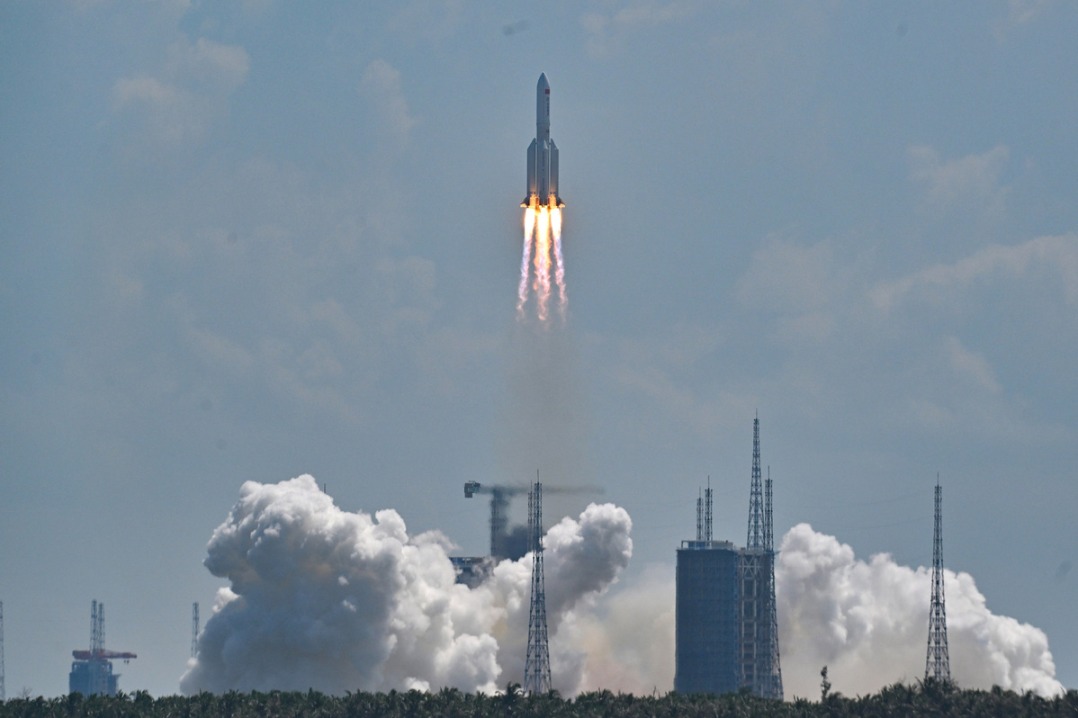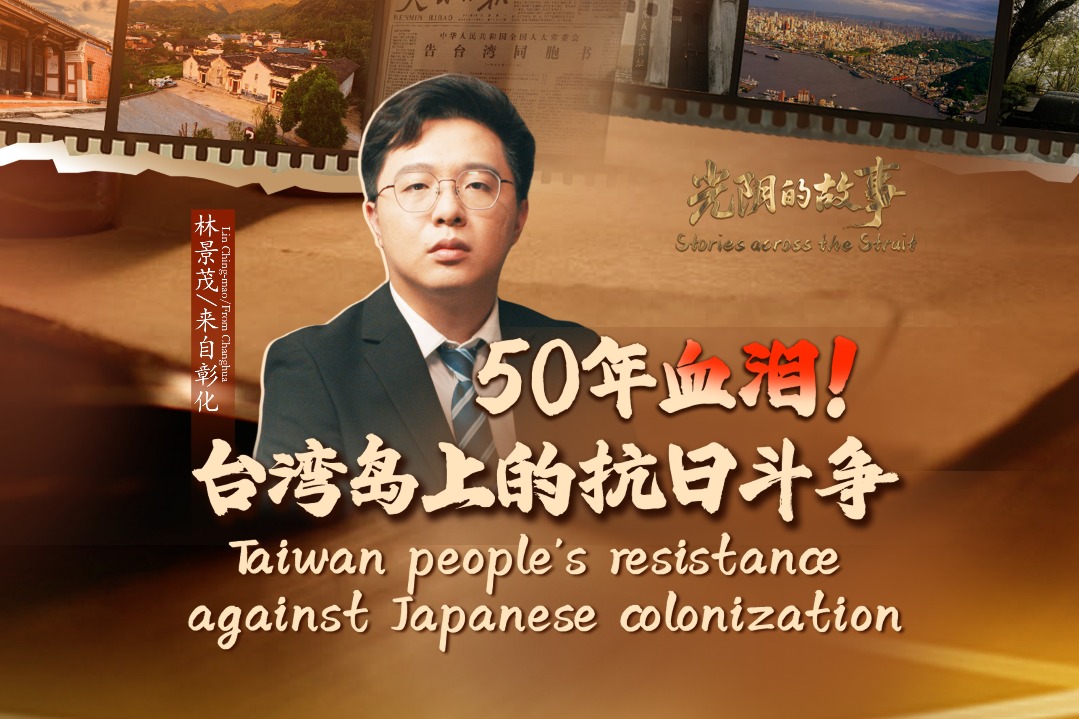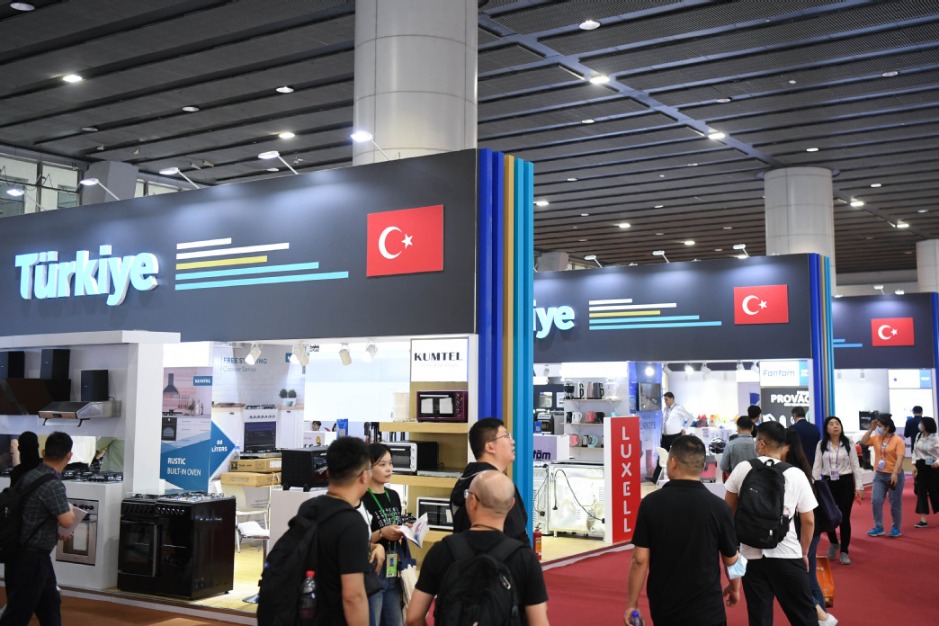Trimming the hedge


ASEAN-China partnership is navigating new frontiers in a shifting global order
The resilience of the Association of Southeast Asian Nations economies, despite external pressures and the grouping's internal diversity, has allowed it to emerge as a model for regional cooperation, especially amid the geopolitical tensions between the United States and China. Adopting a hedging strategy to avoid overdependence on either country, ASEAN is carefully walking a tightrope between China and the US, leveraging economic cooperation with China while maintaining security ties with the US.
China has provided the world with its own template of being a global player. Through the Belt and Road Initiative endeavor of connectivity, China has secured a wave of strong endorsement from more than 150 countries and over 30 international institutions across the world.
The emergence of ASEAN may be attributed to the more recent international environment which has been rather different and potentially beneficial from ASEAN's point of view. Post-Cold War changes transformed global priorities from military to economic power. This shift toward "geoeconomics" will become the dominant strategy. Today, China's infrastructure-led development banking model fills a real need. According to the Asian Development Bank, ASEAN faces an infrastructure financing gap of $2.8 trillion through 2030. Over the past decade, China has actively expanded its role in global connectivity and multilateral cooperation through initiatives such as the BRI.
Historically, ASEAN has been very active in trade negotiations since its launch in 1967. The first embodiment of a free trade area among the then five member states was about 10 years after its inception, with the Agreement on the ASEAN Preferential Trading Arrangements. This treaty provided a framework for a rather complex series of measures to reduce import duties but came into force only much later, when ASEAN had been enlarged to the present 10 members.
In November 2001, ASEAN and China agreed to launch negotiations on an ASEAN-China Free Trade Area. In the following year, ASEAN and China signed the Framework Agreement on Comprehensive Economic Cooperation between ASEAN and China. The ACFTA officially took effect in 2010, while ACFTA 2.0 was fully implemented in 2019 after both sides reached an agreement on the upgrade in 2015.
The ACFTA is generally considered a success. It is the largest free trade area in the world with a population of about 2 billion, a regional GDP of about $23 trillion and bilateral trade at about $912 billion in 2024. The trade between China and ASEAN has grown significantly over the past 20 years. China, which in 1990 represented only 2.4 percent of ASEAN exports by destination, accounted for more than 20 percent in 2024, surpassing the United States and Japan to be ASEAN's largest trading partner.
China and ASEAN have completed their negotiations on ACFTA 3.0, which is seen as a boost to global economic confidence amid rising protectionism and a strong endorsement of multilateralism. The ACFTA 3.0 upgrade introduces nine new chapters, embracing the digital economy, green transformation and e-commerce — new economic frontiers for the partnership. This shift toward sustainability aligns with the ASEAN Community Vision 2045, which envisions a resilient, people-centered and innovative regional bloc. ASEAN's nontraditional security concerns — climate change, terrorism, food security and public health — require urgent attention, which cannot be addressed through traditional military alliances alone. ASEAN lacks the technological and financial capacity to tackle these challenges alone. Here, China's development support — via tech transfer, funding and policy coordination — can play a crucial role.
Malaysia has played a pivotal role in ASEAN's economic integration, particularly in shaping and advancing ASEAN's free trade agreements. Malaysia, being a founding and active member of all ASEAN FTAs and dialogue partner FTAs, frequently initiates and hosts ASEAN economic and FTA-related meetings on trade liberalization, regional value chains, the digital economy and inclusive trade.
China has been Malaysia's top trading partner for 16 consecutive years. Bilateral trade reached a record $212 billion in 2024. Having a key strategic location and having traditional links with China's southeastern provinces of Guangdong and Fujian, Malaysia can serve as China's gateway to the ASEAN Economic Community. A statement issued by the Malaysian transport minister has declared that a few ports in Malaysia have been identified as part of the Maritime Silk Road. The close ties between both countries have resulted in cooperation in the transportation field. Indeed, Malaysia is in the process of developing inter-port city collaboration between China's Qinzhou Port and Malaysia's Kuantan Port. In recent years, China's Guangxi Beibu Gulf International Port Group has bought a 40 percent stake in Malaysia's Kuantan Port Consortium from the construction group IJM Group for a total of $102 million.
Rather than choosing sides, ASEAN's long-term success rests on leveraging its position to attract resources, foster innovation and ensure inclusive growth. Malaysia's commitment to leading the region toward a future that is inclusive, equitable, sustainable and resilient is reflected in this year's ASEAN summit's theme "Inclusivity and Sustainability".
The ASEAN-China partnership is undergoing a multidimensional evolution. Strengthening frameworks such as the ACFTA 3.0 and Mekong-Lancang Cooperation could offer the blueprint for a more resilient and autonomous ASEAN. With shifting global alignments and intensifying competition between the US and China, ASEAN finds itself in a delicate but potentially advantageous position. By prioritizing pragmatic cooperation with China, especially in infrastructure, sustainability and regional security — ASEAN can maintain its centrality and relevance.
The author is an economics professor at Malaysia's HELP University. The author contributed this article to China Watch, a think tank powered by China Daily. The views do not necessarily reflect those of China Daily.
Contact the editor at editor@chinawatch.cn.


































